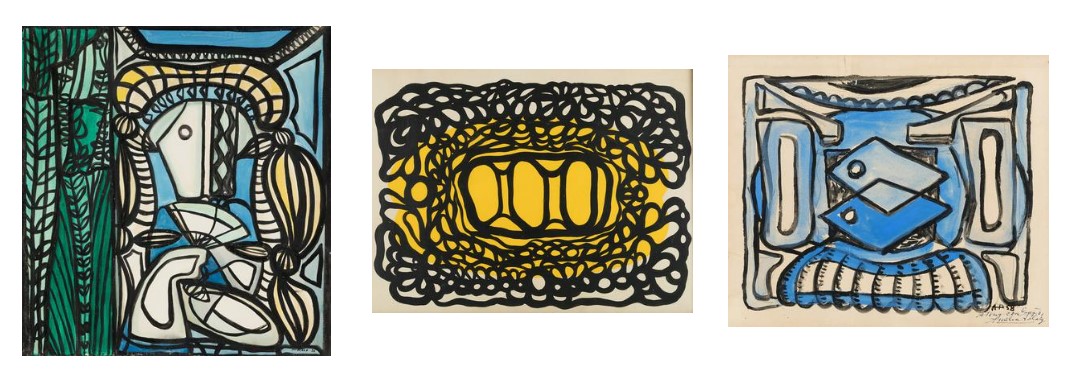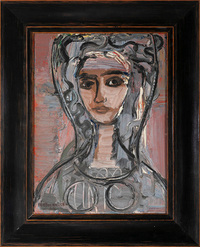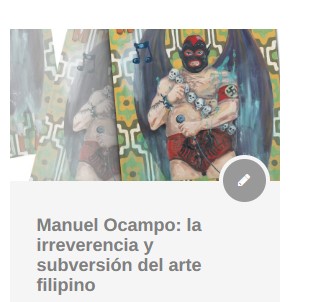The revolution of Cuban art. Manuel Reguera Collection
Recognized as one of the great Cuban writers and playwrights of the 20th century, Manuel Reguera was also passionate about art. As the set of photographs that accompany the collection we present here testify, during the years he spent in his native country, Reguera forged a close friendship with the most outstanding exponents of Cuban art. It was then when the writer, supported by the bond that united him with Amelia Peláez, Rene Portocarrero and Eduardo Abela, began his facet as a collector, giving birth to what would become his personal collection.

The group of works under bidding materializes the richness and renovating spirit of those Cuban artists who, like Wifredo Lam, Amelia Pealez or Portocarrero, captained the creative impulse of the plastic arts in Cuba from the 1930s onwards. In fact, its evolution is closely linked to the triumph of the Revolution, which brought about an abysmal change in the cultural and artistic projection of the country.
Since then, Cuban painting has shown a great capacity to assume the influences of international art that, such as primitivism, expressionism, abstraction or the most magicist aspect, developed under its own vision that manifests a clear will to define the features of Cuban identity, its roots, its traditions and, of course, its culture. Indeed, there is no doubt that the richness of Cuban painting today is indebted to the vigor and renovating spirit that accompanied these artists in their capacity to assume the new times that were opening up in the country’s cultural space.
By incorporating and reinterpreting the most avant-garde trends of the moment, fully consolidated artists such as Wifredo Lam, Amelia Pelaez, Portocarrerro or Mendive managed to conquer the international art market, becoming, as their excellent results show, a sure value in the art circuit.

Wifredo Lam
In this important work of his youth, Wilfredo Lam pours the concerns that by then dominated his pictorial creation. Taking a theme rooted in the costumbrista tradition, he subjected the motif to a process of formal purification and chromatic synthesis that in the following decades would lead him to a more abstract style of painting that would derive in his particular surreal post-cubism. Likewise, the debt to Cézanne is evident in the essentialism of the rocky landscape and in the application of color in planes. Wrapped in a timeless atmosphere, this young woman wearing a scarf exudes an extemporaneous and timeless beauty.

Amelia Pelaez
The works under bidding are a clear example of the balance Amelia Peláez achieved between the modernity of the avant-garde and her Cuban roots. The teachings acquired in Paris, integrated with the light and colors of the tropics that he always carried with him, are reflected in each of his compositions. Both in his works of figurative roots and in those closer to abstraction, Pelaez’s style is perfectly defined by his geometrizing tendency, as well as by the rigor of his strokes and strong colors.

Rene Portocarrero
The work we present at auction belongs to a transitional period in which the dominance of geometry will give way to an increasingly abstract aesthetic. Known for his female portraits, Portocarrero presents us with an exceptional image whose composition and certain hieratism brings us closer to antiquity and very specifically to the Kuroi and even to Paleochristian representations.

The set as a whole, which also includes works by Carlos Enríquez, Felix Abela or Victor Manuel, is undoubtedly a faithful reflection of the complex and captivating Cuban idiosyncrasy.





